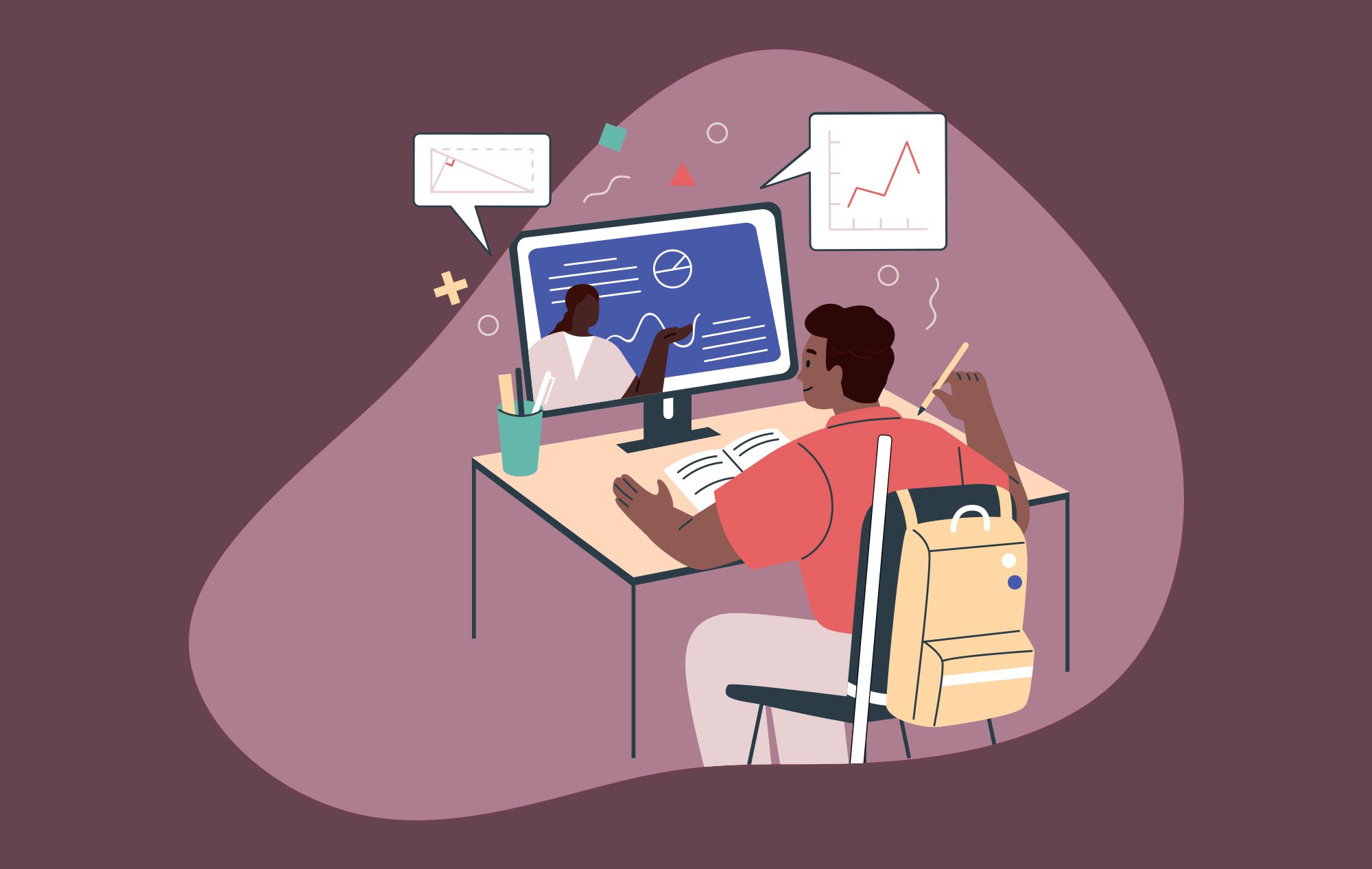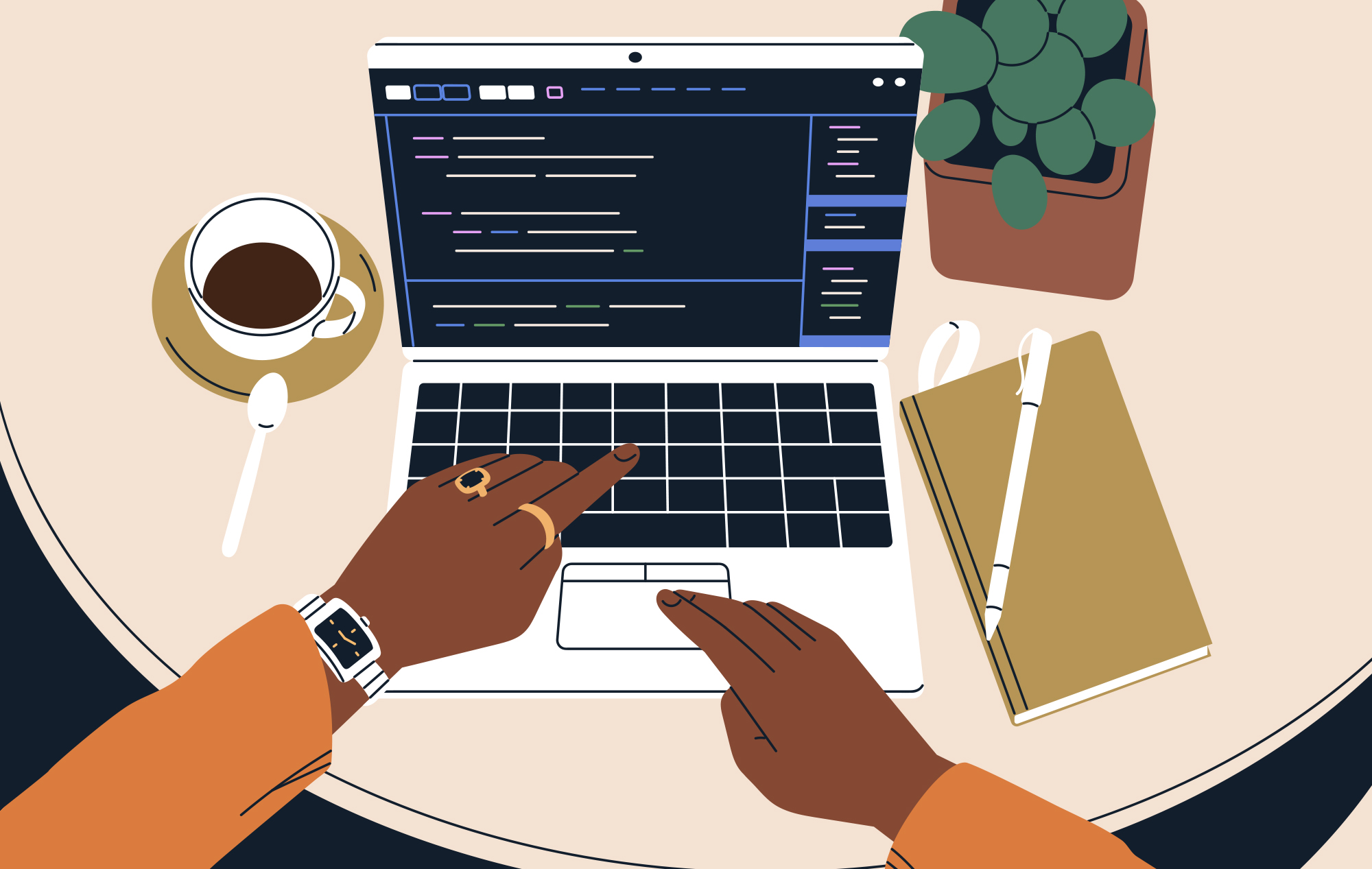Strini Naidoo was violently assaulted in 2001—leaving him almost fully blind.
“I don't have vision in my left eye at all,” he says. “And I've got about 5% in my right eye. So I can't see any of you if you're on camera. I can't read. Neither can I drive. So I use Uber, a cane, and need assistance when it's in unfamiliar territory.”
He has since received a Boston KPro implant, a corneal prosthetic designed to enhance his vision, and undergone 37 surgeries to help recover from optic damage caused by the assault, the most recent in 2016.
Unfortunately, these operations haven’t been particularly successful.
“We had hoped for some sort of vision to come back, but nothing really came out of it,” explains Naidoo. “So I've just left it at that point now. I don't use a magnifier. I rely totally on a screen reader.”
In addition to having to make dramatic changes in his personal life, his professional career was upended, as well.
Naidoo shares with InclusionHub his challenges finding work as a professional with a disability, and how a chance encounter in 2022 is helping him relaunch his career via Salesforce’s Trailblazer program.
Struggles to Find Work as a Blind and Visually Impaired (BVI) Professional
Despite holding two bachelor's degrees, one in civil engineering and the other in business management, Naidoo says he has consistently struggled to find work since losing his eyesight. Higher unemployment rates compared to their non-disabled peers is common within the disability community, often referred to as “the employment gap.”
The 2020 U.S. labor force participation rate for people experiencing visual impairments was just 40 percent, compared to 74 percent for those without. In his home country of South Africa, 90 percent to 95 percent of blind and visually impaired (BVI) professionals are unemployed, as reported by the American Council of the Blind in 2021.
Naidoo has held several positions in the years since he became blind. However, he notes these continually failed to meet his needs as a BVI professional.
(Note to readers about language: While some professionals are comfortable with the term “blind and visually impaired,” others prefer “blind or low vision,” and “professional with a visual impairment.” As always, it’s best to ask someone directly how they prefer to be identified.)
Most recently, he recounts being employed by an engineering firm as their client services officer. He would conduct interviews and market research. However, as the company and its systems evolved, its ability to effectively accommodate his disability declined further and further.
“They weren't able to support me as a blind professional,” he explains. “In a sense, there was no accommodation for me. I don't even know if the software that they had purchased was blind friendly. Although they said it did, none of the training was ever forthcoming with that.”
Every time he requested assistance with software, he was promised additional training that never came. But exclusionary design wasn’t the only issue. The company lacked a commitment to accessibility and inclusion. Eventually the firm came to a realization, he explains:
“They said, ‘We can't do this. It's gonna cost the company money because it's one person out of 500 employees and to support that person is just going to be too capital intensive.’”
At that point, he knew he had to leave the company. Fortunately, his circumstances were about to change.
Learning About the Trailblazer Program
Naidoo’s entire demeanor lights up when he talks about discovering Salesforce’s Trailblazer program, a skillbuilding platform that helps professionals prepare for jobs within the tech industry. It’s become a game-changer for many professionals with disabilities.
He describes the events that led up to him learning about the program as “a story about connectedness and how the universe works.”
Naidoo’s engineering firm had previously given him the option to work from home or remotely. As with other professionals with disabilities, the flexibility of working from home provides huge benefits.
However, his manager soon demanded he return to work almost exclusively from the office. This created significant challenges, because the company’s office was far from his home and travel was incredibly expensive. He would therefore often rely on Uber for travel.
This would have placed Naidoo in dire circumstances had he not experienced a serendipitous encounter in fall 2022.
“I think it was in the last week or two before I left the company that I met a lady,” he explains. “She approached me in the shopping center. She said she doesn't ever shop at that time of the day in those shops, and she told me about her husband who was blind.”
They exchanged emails after she introduced him to the Blind Institute of Technology (BIT), a nonprofit organization dedicated to helping professionals with disabilities obtain gainful employment and advance their careers.
Two weeks after Naidoo left the engineering firm, she forwarded an email to him that her husband had received about the Salesforce administrator program, which partners with BIT in connection with Salesforce’s Workforce Navigators.
“I grabbed it with both my hands,” he says, “because I love studying and learning to do different things, because that's what life is about, getting experience in different aspects, but also challenging yourself.”
A New Chapter in Life
“I've not ever been in the IT field or any of those things,” Naidoo says about pivoting his career after starting the Trailblazer program. “I've been pretty much engineering focused or client facing, and it was quite daunting for me to be approaching this Salesforce certification as an administrator.”
He started the program in January. And while the abundance of information can be “overwhelming,” Naidoo says, his knowledge of the Salesforce ecosystem has become “more and more powerful.”
After five months of training, he sat for the exam on June 13th and passed, saying: “It was a huge sigh of relief that I felt because this means a new chapter in my life.”
Naidoo is currently looking not only for a new position where he can apply his freshly acquired skills, but an organization that prioritizes accessibility and inclusion.
“With my experience over the years of being visually impaired, I've not found a software developer or a company that truly supported the accommodation of a blind person,” he explains. “I’ve battled. I wish I knew about this 10 or 20 years earlier. I would have been far ahead in my career and advancement.”
Participating in the Trailblazer program doesn’t guarantee an immediate job, but it opens up new doors of opportunity for professionals with disabilities.
Naidoo remains optimistic.
“I don't have a job yet, but I'm sure one will come up at some point,” he says. “I want to talk to people about the association between BIT and Salesforce and encourage people, as well, to know that a future can be had if they just find the right tools and the right people in the right places.”
Salesforce is a founding partner of InclusionHub, a resource for digital accessibility, dedicated to helping businesses foster inclusive work cultures. You can learn more about accessibility and inclusion in the workplace by visiting Salesforce’s a11y website.






Leave a Comment